NIDDK
-

Insights on diabetic retinopathy
A drug that targets multiple pathogenic steps in diabetic retinopathy may be an ideal therapeutic strategy for the disease, Vanderbilt researchers report. Read MoreJan 23, 2020
-
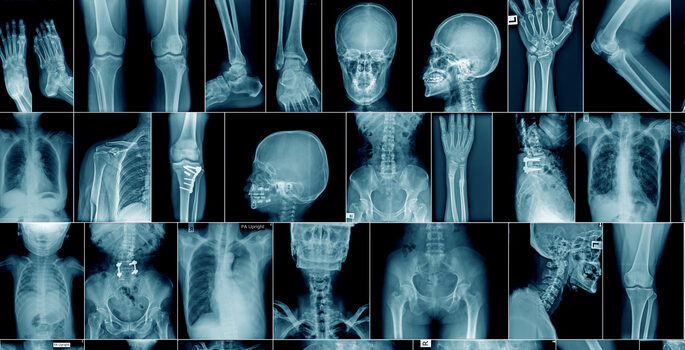
Bone matrix changes during aging
Changes to the bone matrix that occur during aging may point to novel targets for treating osteoporosis. Read MoreJan 10, 2020
-

Genetic screen in worms reveals critical step in insulin synthesis
The identification of a protein important for insulin synthesis may hold clues for understanding the pathogenesis of diabetes. Read MoreDec 4, 2019
-

Blueprint for treating epilepsy
Structural details of a protein that is essential to normal brain function could improve treatments for epilepsy and other seizure disorders. Read MoreNov 14, 2019
-

Team set to study undiagnosed congenital diarrhea in infants
Researchers at four institutions, including Vanderbilt, have been awarded a five-year, $9.4 million federal grant to tackle undiagnosed congenital diarrheas caused by a single gene mutation. Read MoreOct 24, 2019
-

Less inflammation = better healing
Immune cells that produce an anti-inflammatory factor are enriched in fat tissue around the heart and may be good targets to improve heart attack outcomes. Read MoreOct 17, 2019
-

A new regulator of B cell development
New findings establish a role for the pro-inflammatory molecule IL-33 in the early development of antibody-producing B cells. Read MoreOct 8, 2019
-
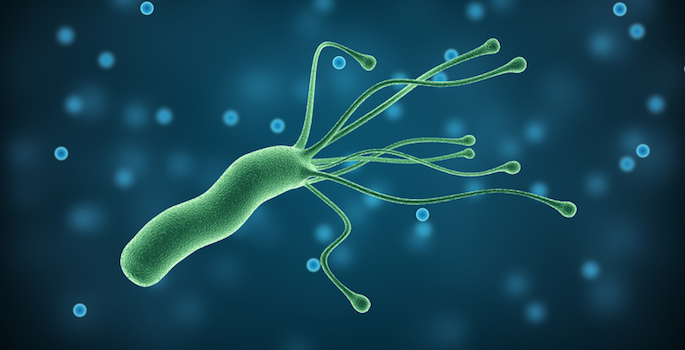
A step toward gastric cancer
New research findings provide insight into the detrimental events that develop in response to H. pylori infection. Read MoreOct 3, 2019
-

Treating C. diff: new purpose for an old drug?
An inexpensive generic drug once used to prevent gastrointestinal ulcers in people taking daily NSAIDs protects against C. diff infection in mice. Read MoreSep 24, 2019
-
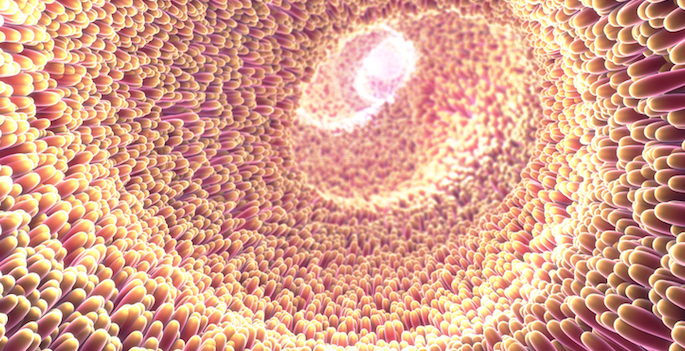
Microvilli in motion
Live cell imaging studies have revealed that microvilli — finger-like protrusions on the surface of epithelial cells — move and collide as they form the brush border. Read MoreSep 19, 2019
-

Host-microbe interactions in the gut
Vanderbilt investigators demonstrated that intestinal cells promote beneficial microbe behavior — the findings support developing microbiota-based therapies for intestinal health. Read MoreAug 13, 2019
-
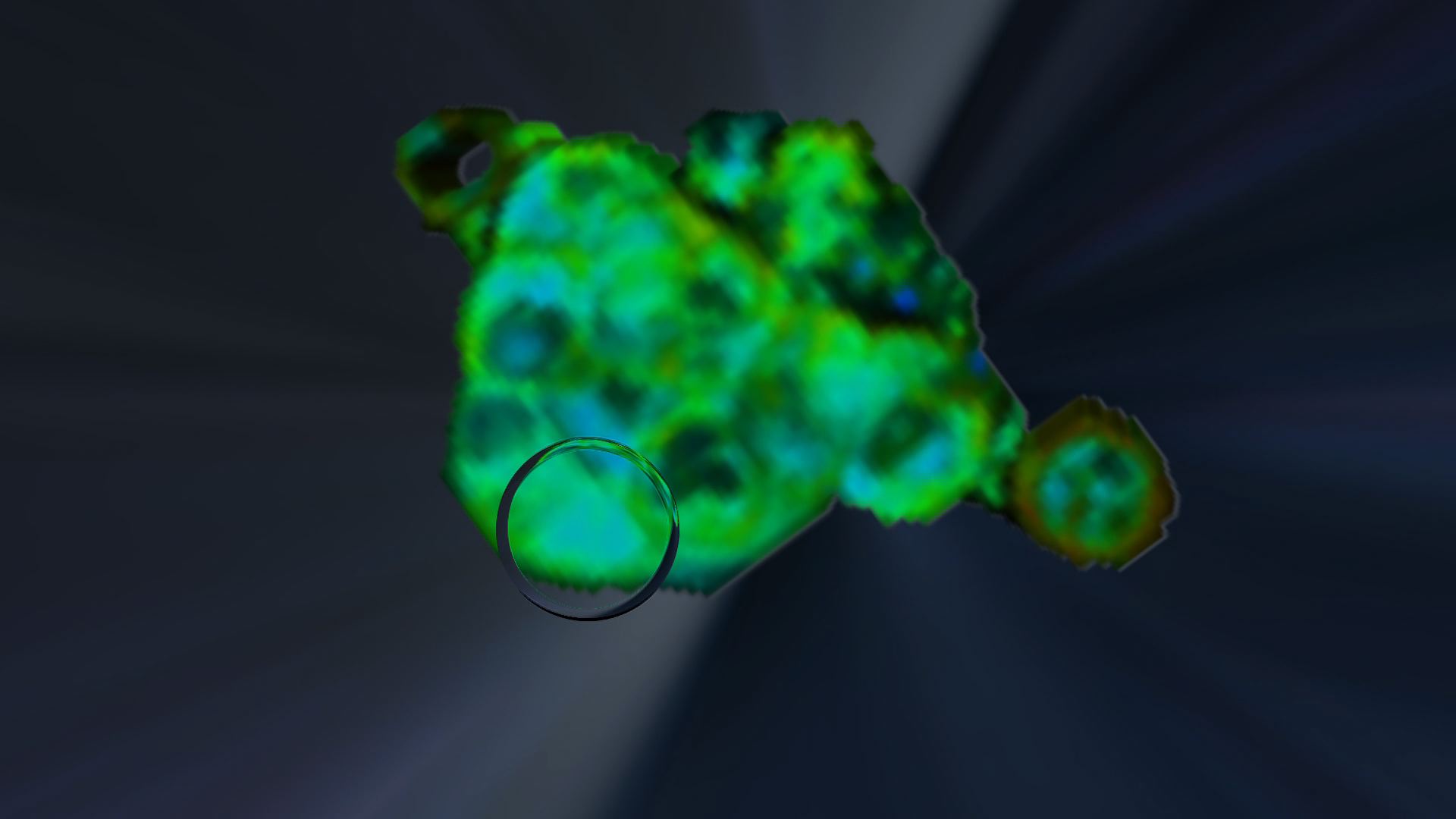
Pancreatic cancer clue
Inflammation synergizes with a cell’s intrinsic genetic program to promote the development of pancreatic cancer. Read MoreAug 12, 2019
-

A probiotic treatment for obesity?
Engineered bacteria that produce beneficial compounds — and that could potentially be administered in foods like yogurt — may be a future treatment for obesity and other chronic diseases. Read MoreAug 8, 2019
-

Intestinal immune cell interactions
Understanding the roles of various immune cells that reside in the gut lining could shed light on inflammatory bowel diseases. Read MoreJul 30, 2019
-

New role for microtubules in diabetes
Microtubules, part of the cell's cytoskeleton, regulate the secretion of insulin, suggesting that they may be a new target for treating diabetes. Read MoreJul 29, 2019
-
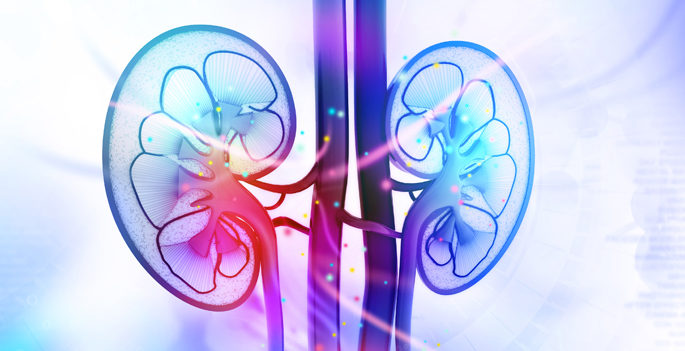
Sex differences in kidney injury
Men are more susceptible to progressive kidney disease than women; new VUMC studies point to differences in the expression and activation of the EGF receptor. Read MoreJul 25, 2019
-
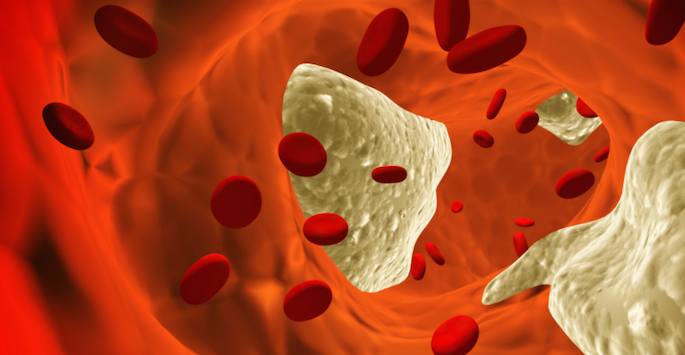
New look at atherosclerosis
A new imaging method makes it possible to directly measure cell division and changes in metabolism in atherosclerotic plaques. Read MoreJul 11, 2019
-
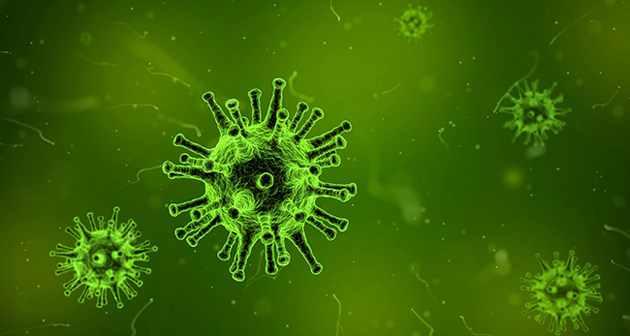
Microbiome links diet to health
Vanderbilt researchers have discovered that the gut microbiome composition modulates how dietary nutrients are metabolized, with potential downstream consequences on metabolic health. Read MoreJun 20, 2019
-

Reprogramming cells for kidney repair
Lauren Woodard and Matthew Wilson have discovered a way to reprogram adult human kidney cells into cells similar to those that form during embryonic development, which could lead to new kidney disease treatments. Read MoreMar 14, 2019
-

Adhesion protein optimizes border
Matthew Tyska and colleagues have found that an adhesion protein in the gut is necessary for proper intestinal functioning. Read MoreFeb 15, 2019